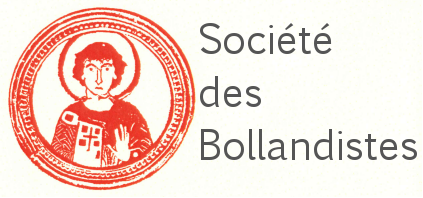Pinakes | Πίνακες
Textes et manuscrits grecs
Résumé :
Abstract Focusing on Early and Middle Byzantine (fourth-to-twelfth-century) objects, images, and texts, this essay explores the tension between, on the one hand, efforts of the Byzantine church and state to discourage and control bodily adornment and modification and, on the other hand, the extensive evidence of widespread and immoderate engagement with these practices. The enhancement and manipulation of Byzantine bodies is considered as both a real and a metaphoric phenomenon. Evidence culled from secular and sacred, written and material sources demonstrates the importance of bodily adornment and modification to our understanding of Byzantine material and visual culture.| Villes | Dépôts | Fonds | Cotes | Type | Commentaire | Tome | Pages |
|---|---|---|---|---|---|---|---|
| Firenze | Biblioteca Medicea Laurenziana (BML) | Plut. | 07. 19 | 114 | |||
| Paris | Bibliothèque nationale de France (BNF) | Coislin | 079 | (et p. 4, pl. coul. 4) | 106, 107 (et Fig. 7.3) |







